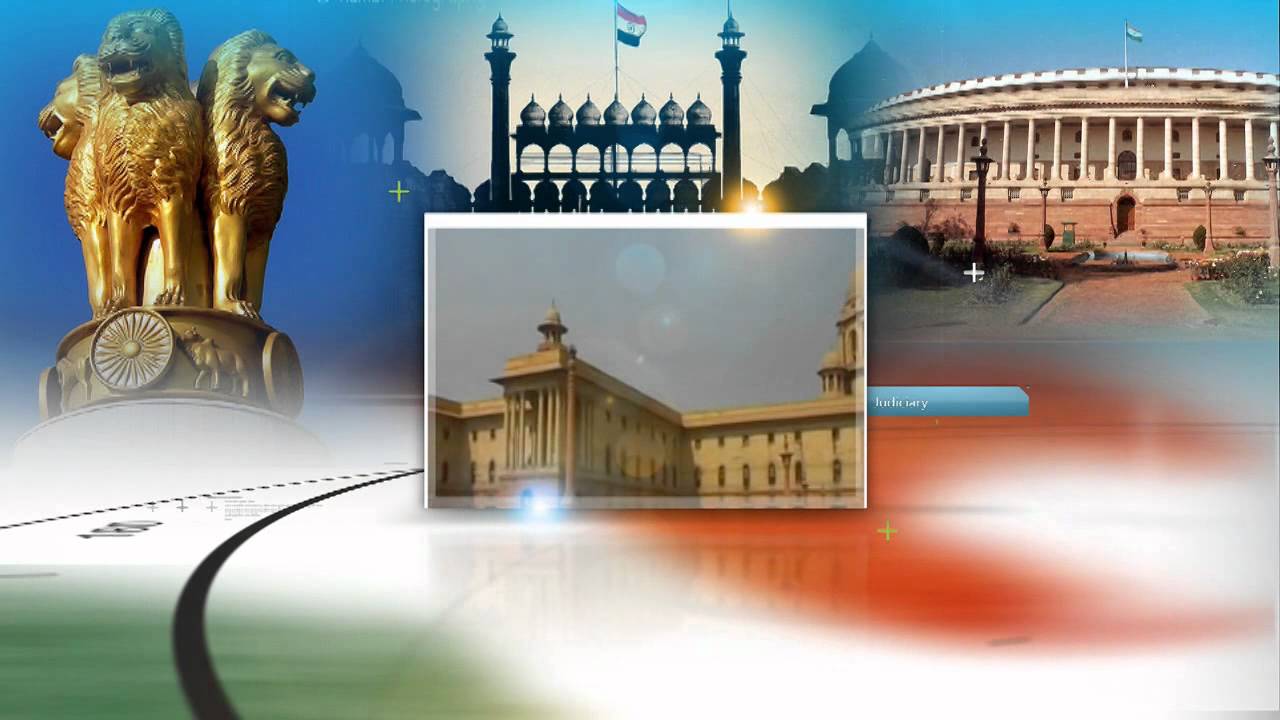Font size:
Print
Mood Disorders and Bipolar Disorder
Context:
The second phase of India’s National Mental Health Survey is currently underway, building on the findings of the first phase that highlighted mood disorders as a key area of concern. March 30 is celebrated globally as World Bipolar Day, bringing attention to one of the most significant mood disorders: bipolar disorder.
What Are Mood Disorders?
- Mood disorders are a group of psychiatric conditions that involve significant changes in mood, energy, and activity levels, impacting a person’s daily functioning. The two most common types are major depressive disorder and bipolar disorder.
- Major Depressive Disorder (MDD) is characterised by persistent sadness, loss of interest in activities once found pleasurable, fatigue, cognitive difficulties, feelings of worthlessness, and sometimes thoughts of suicide or psychosis.
- Bipolar Disorder involves extreme mood swings that range from depressive episodes (similar to MDD) to manic episodes.
- Mania is marked by elevated mood, high energy, decreased need for sleep, impulsive behaviour, and racing thoughts. These mood swings can severely disrupt personal, social, and occupational life.
- While major depressive disorder represents one end of the mood spectrum, bipolar disorder spans both depression and mania, making it a complex condition to diagnose and treat.
Types of Bipolar Disorder
- Bipolar disorder is categorised into three primary types:
- Bipolar I Disorder: Defined by manic episodes lasting at least 7 days or requiring hospitalisation. Depressive episodes usually follow.
- Bipolar II Disorder: Characterised by depressive and hypomanic episodes (less severe than full-blown mania).
- Cyclothymic Disorder: Recurrent hypomanic and depressive symptoms that are less intense than those in Bipolar I or II.
Causes of Mood Disorders
- Mood disorders, especially bipolar disorder, are influenced by a combination of genetic and environmental factors. While the condition often has its clinical onset between the ages of 15 and 30, it is believed to stem from early life experiences.
- Genetic Vulnerability: Studies show that 60-85% of the risk of developing bipolar disorder can be attributed to genetic factors. However, no single gene has been identified as the cause. The interaction of multiple genetic variants with environmental factors seems to be the key driver.
- Environmental Factors: Environmental stressors, particularly in childhood, play a significant role in triggering or exacerbating mood disorders. Adverse experiences such as abuse, neglect, and trauma are linked to a higher likelihood of developing psychiatric conditions later in life.
- Chronic stress also contributes to dysregulation of the hypothalamic-pituitary-adrenal (HPA) axis, a system responsible for managing the body’s stress response.
- In chronic stress, cortisol (the stress hormone) remains elevated, leading to a low-grade inflammatory state that can damage the brain and body, further complicating the onset of mood disorders.
- Chronic stress also contributes to dysregulation of the hypothalamic-pituitary-adrenal (HPA) axis, a system responsible for managing the body’s stress response.
- Circadian Rhythms: Bipolar disorder is also associated with disturbances in the body’s internal clock, known as the circadian system, which controls sleep-wake cycles and other bodily rhythms. These disturbances are often more evident during episodes of mania and depression. The exact cause-and-effect relationship between circadian rhythm disruptions and mood dysfunction is still under investigation.
Diagnostic Challenges
- Long Delays – The average delay in diagnosis is 6-10 years because bipolar disorder often starts with depressive episodes, making early detection difficult.
- Misdiagnosis – Symptoms can overlap with ADHD, substance abuse, or unipolar depression.
- Lack of Awareness – Many enjoy hypomanic episodes and do not seek help until mania becomes severe.
- Social Stigma – Fear of being labelled prevents individuals from seeking timely treatment.
Treatment and Management
- While the road to diagnosis can be long, timely intervention and proper treatment allow individuals with mood disorders to lead fulfilling and productive lives. Treatments typically include:
- Mood stabilisers (e.g., lithium) for bipolar disorder.
- Antidepressants and antipsychotic medications.
- Psychotherapy, especially Cognitive Behavioral Therapy (CBT), which can help manage symptoms and improve quality of life.
- Lifestyle modifications, including maintaining a consistent sleep schedule and managing stress, can be highly beneficial.
- Other Treatments:
-
- Electroconvulsive Therapy (ECT): Used in severe cases when medication is ineffective.
- Transcranial Magnetic Stimulation (TMS): A non-invasive brain stimulation treatment for depression.
- Light Therapy: Helps with seasonal affective disorder (SAD) symptoms in bipolar individuals.
Way Forward
- Early screening for high-risk individuals (family history, early-onset depression).
- Better awareness to reduce stigma and improve help-seeking behaviour.
- Personalised treatment (medications, therapy, lifestyle modifications).
Despite its challenges, bipolar disorder is manageable, and individuals can lead productive, fulfilling lives with the right support. World Bipolar Day serves as a reminder to destigmatise mental health conditions and encourage early intervention.


